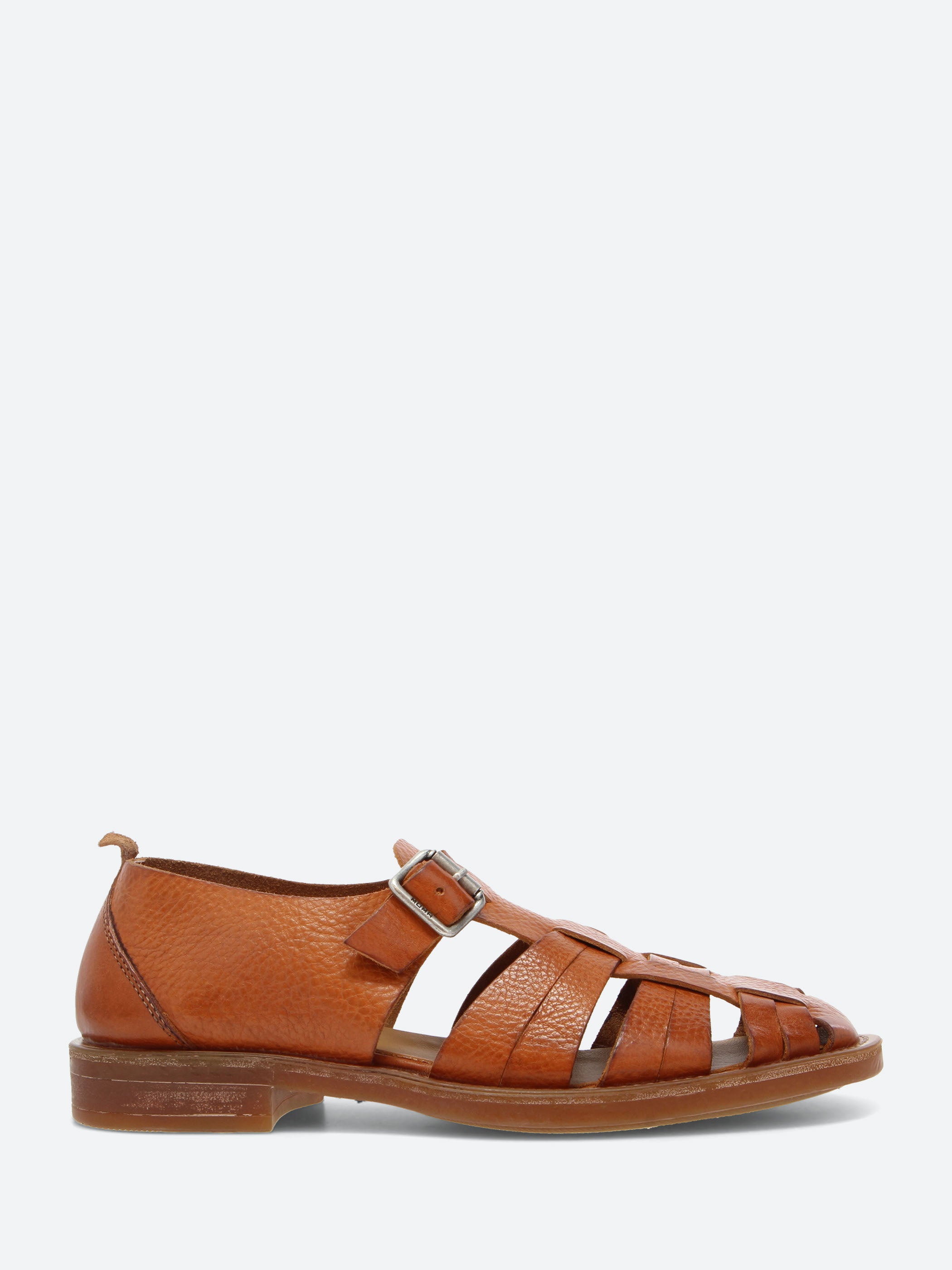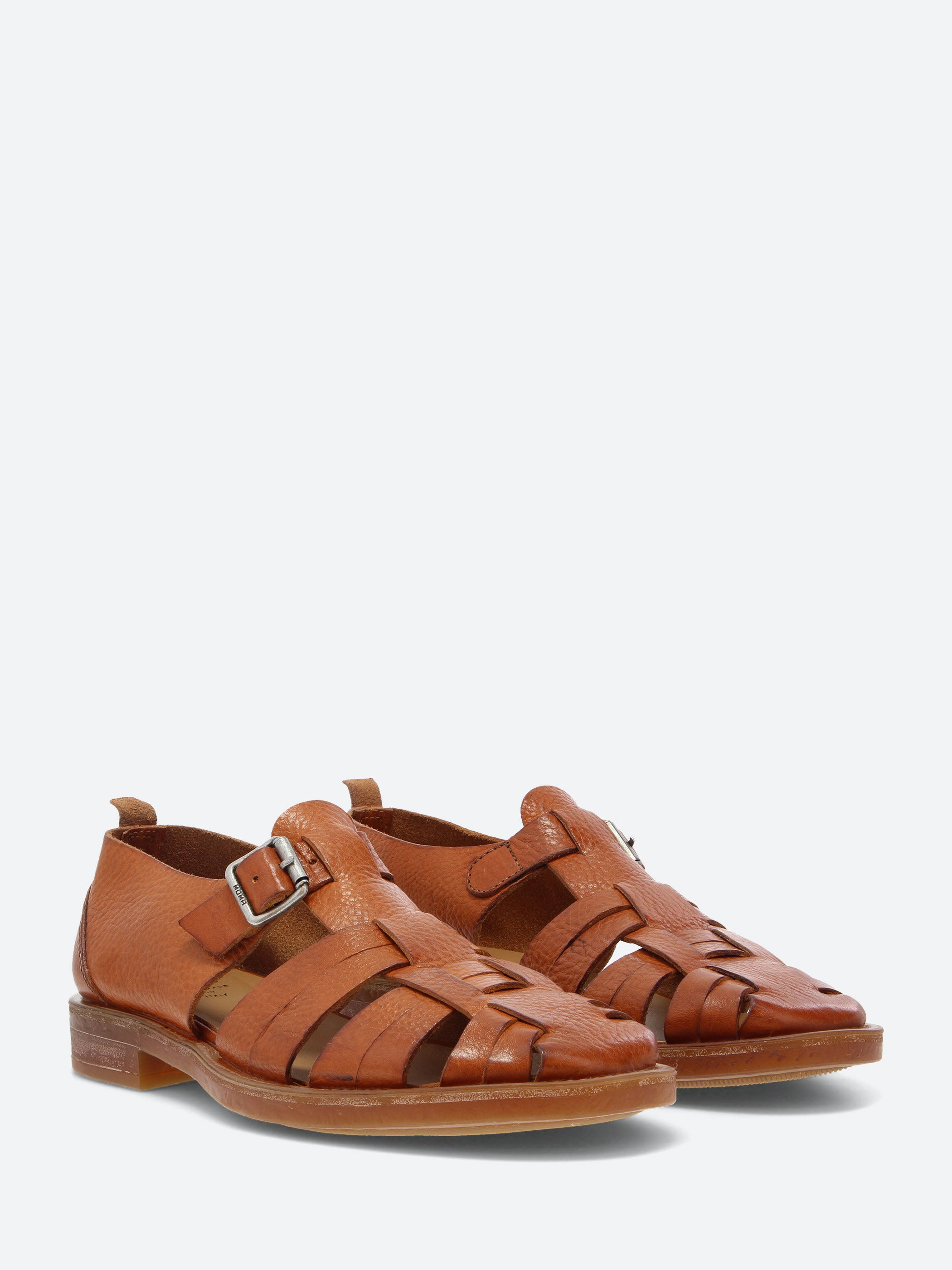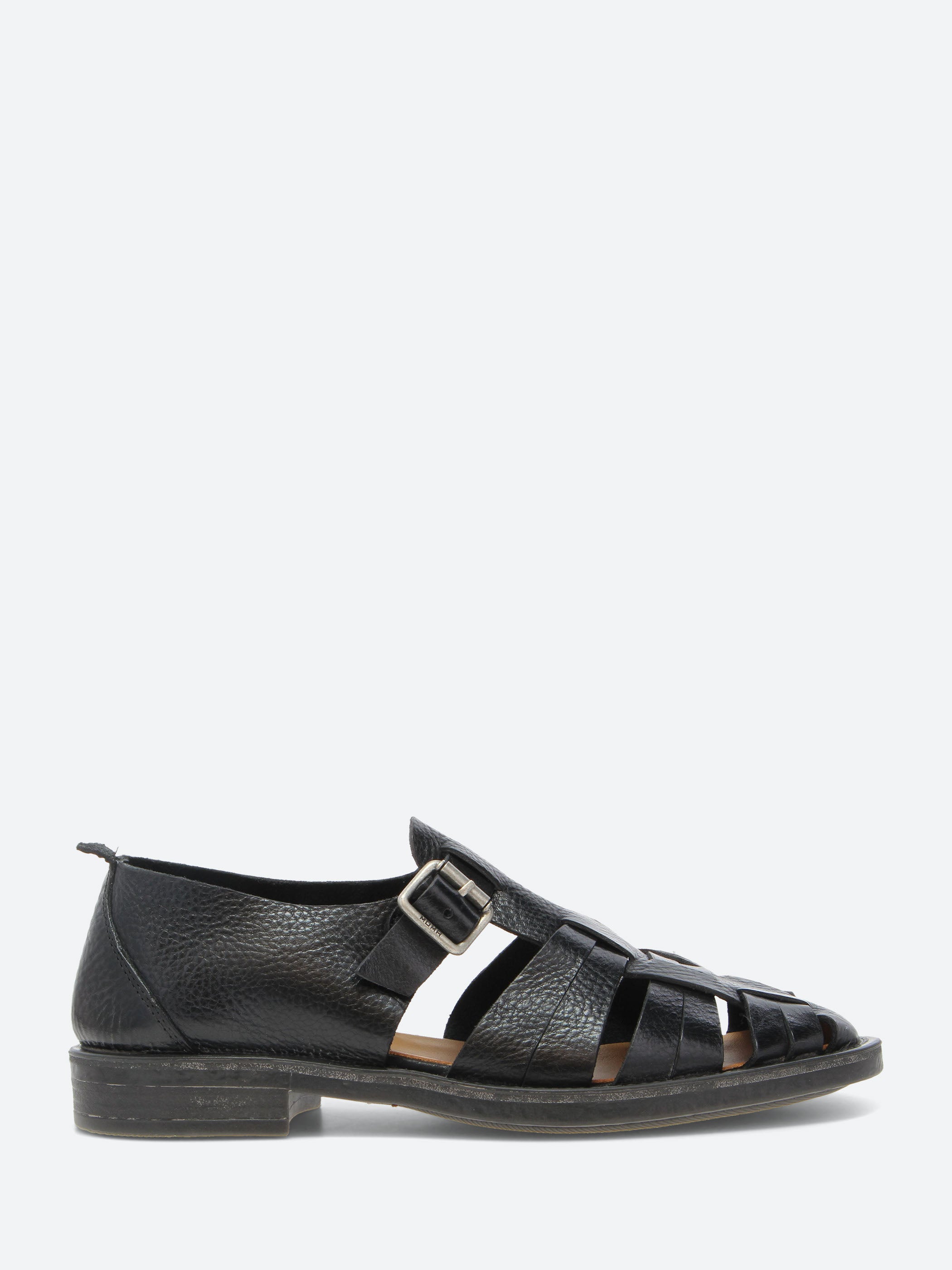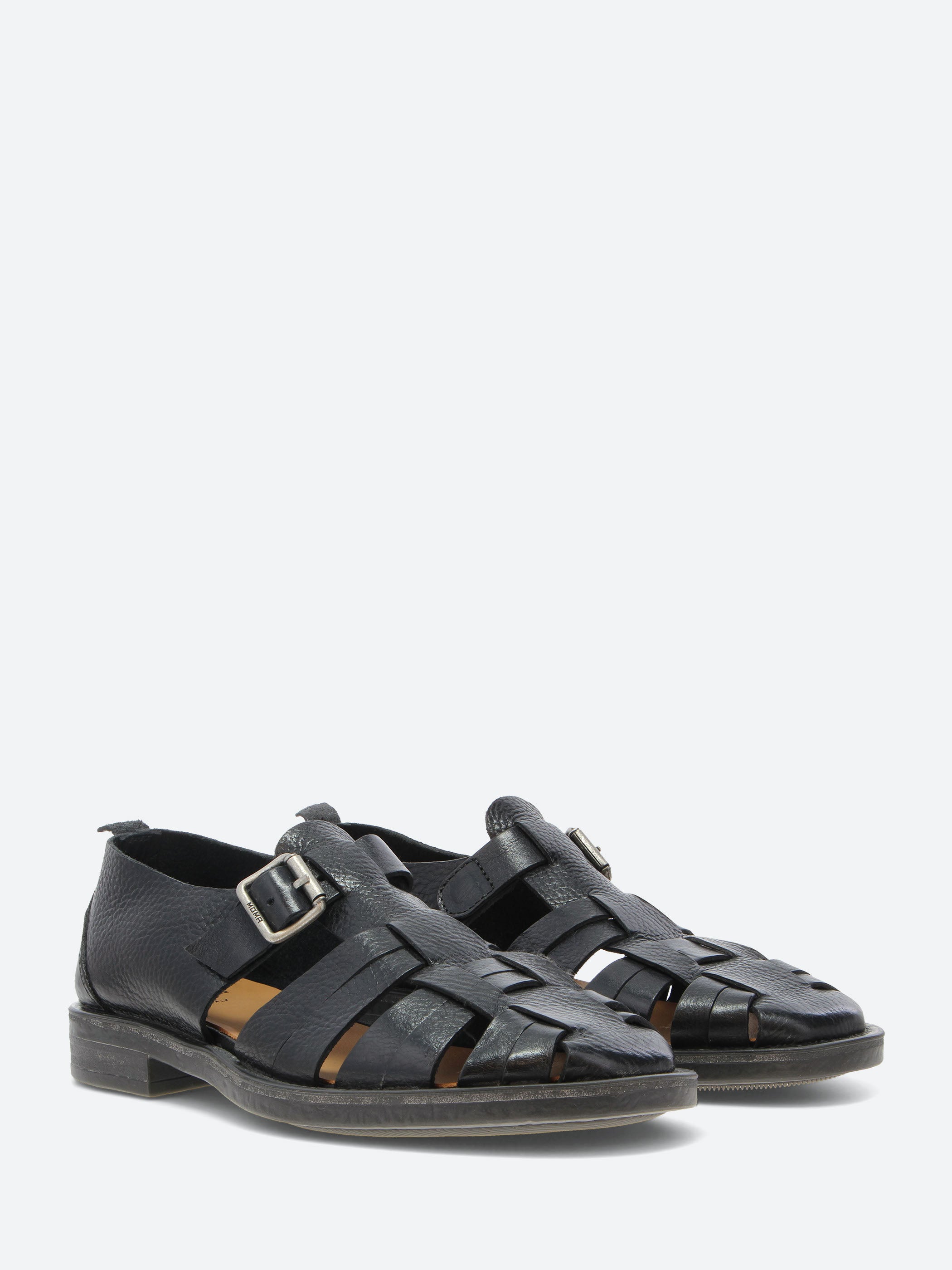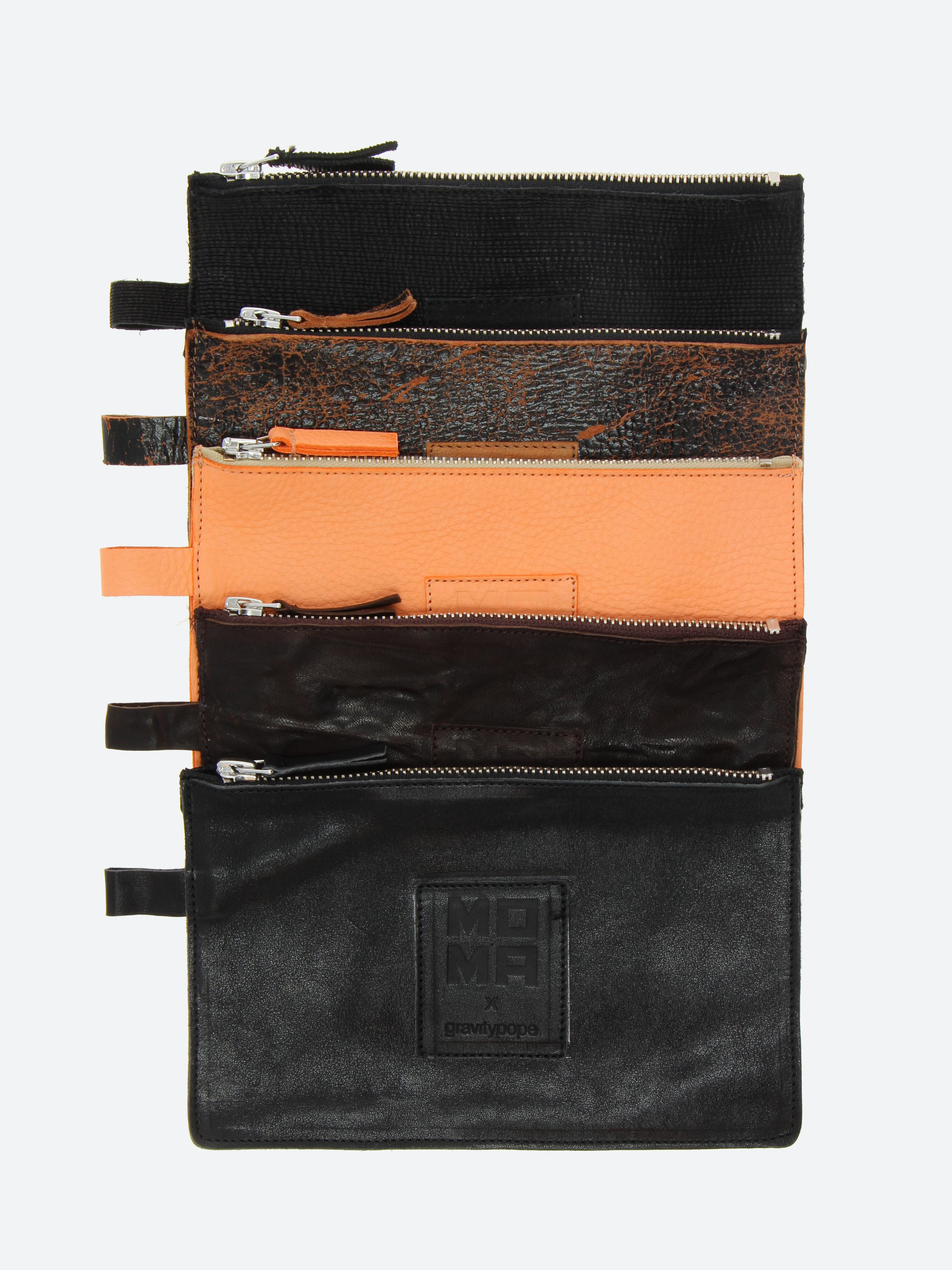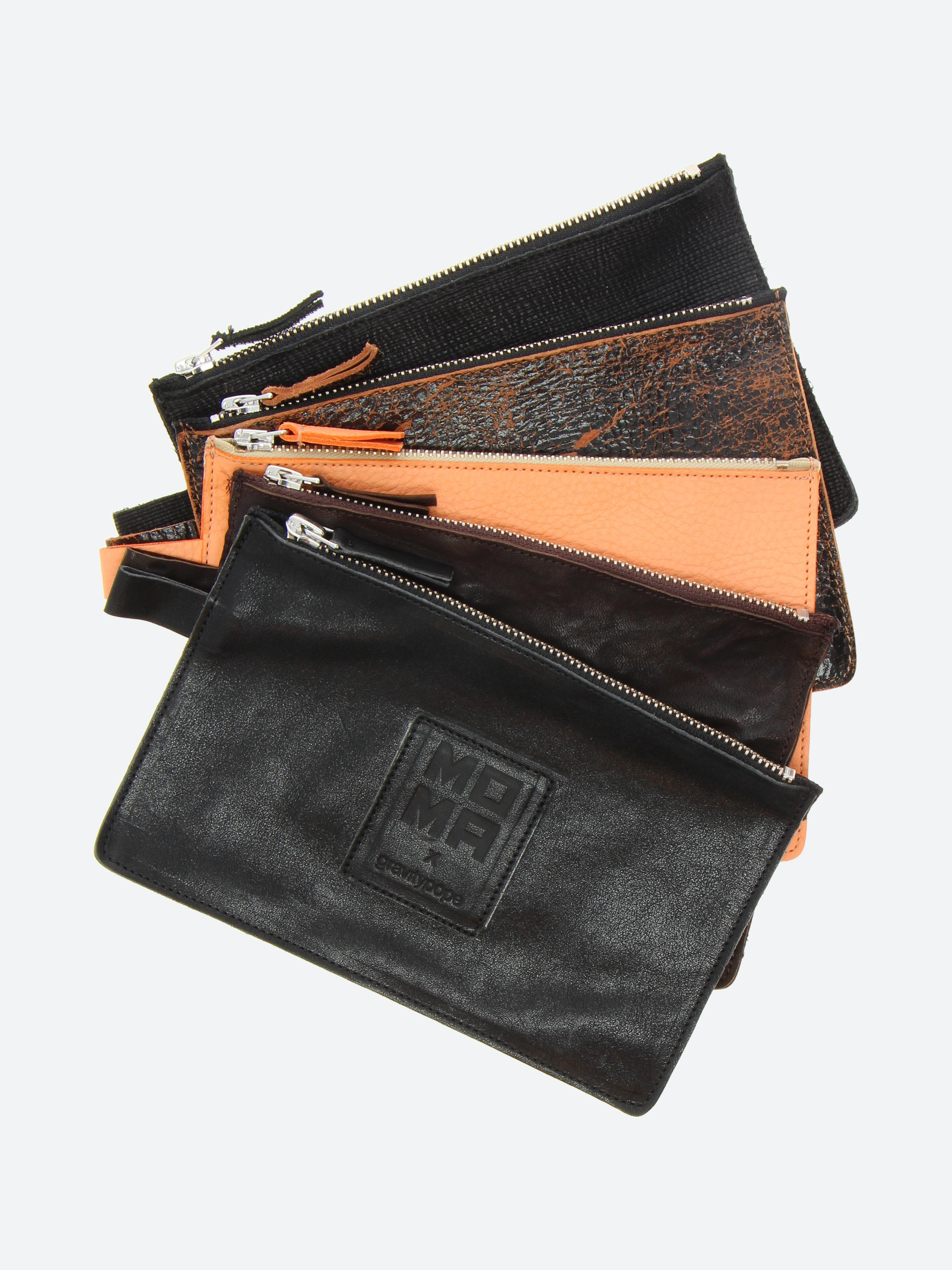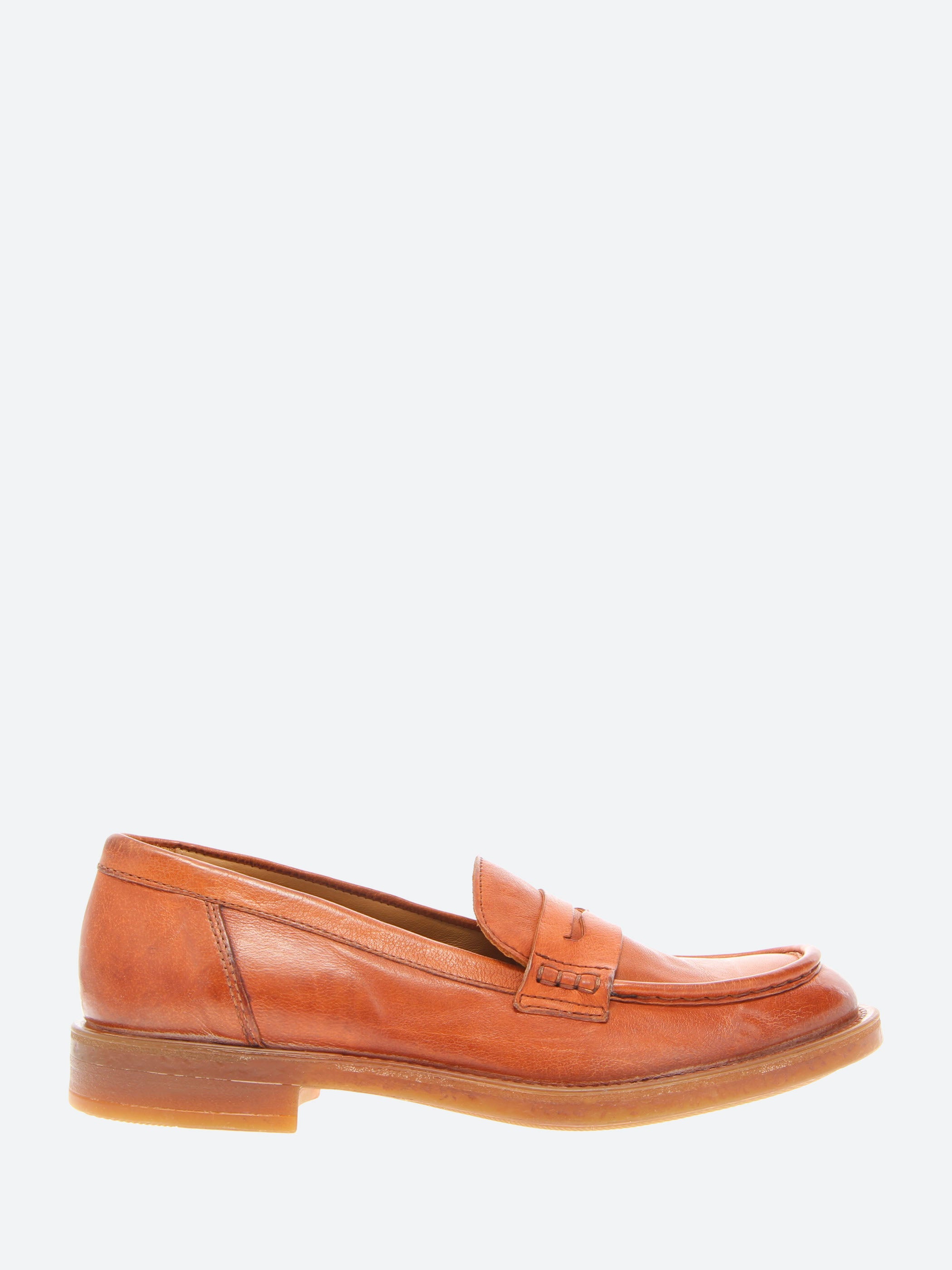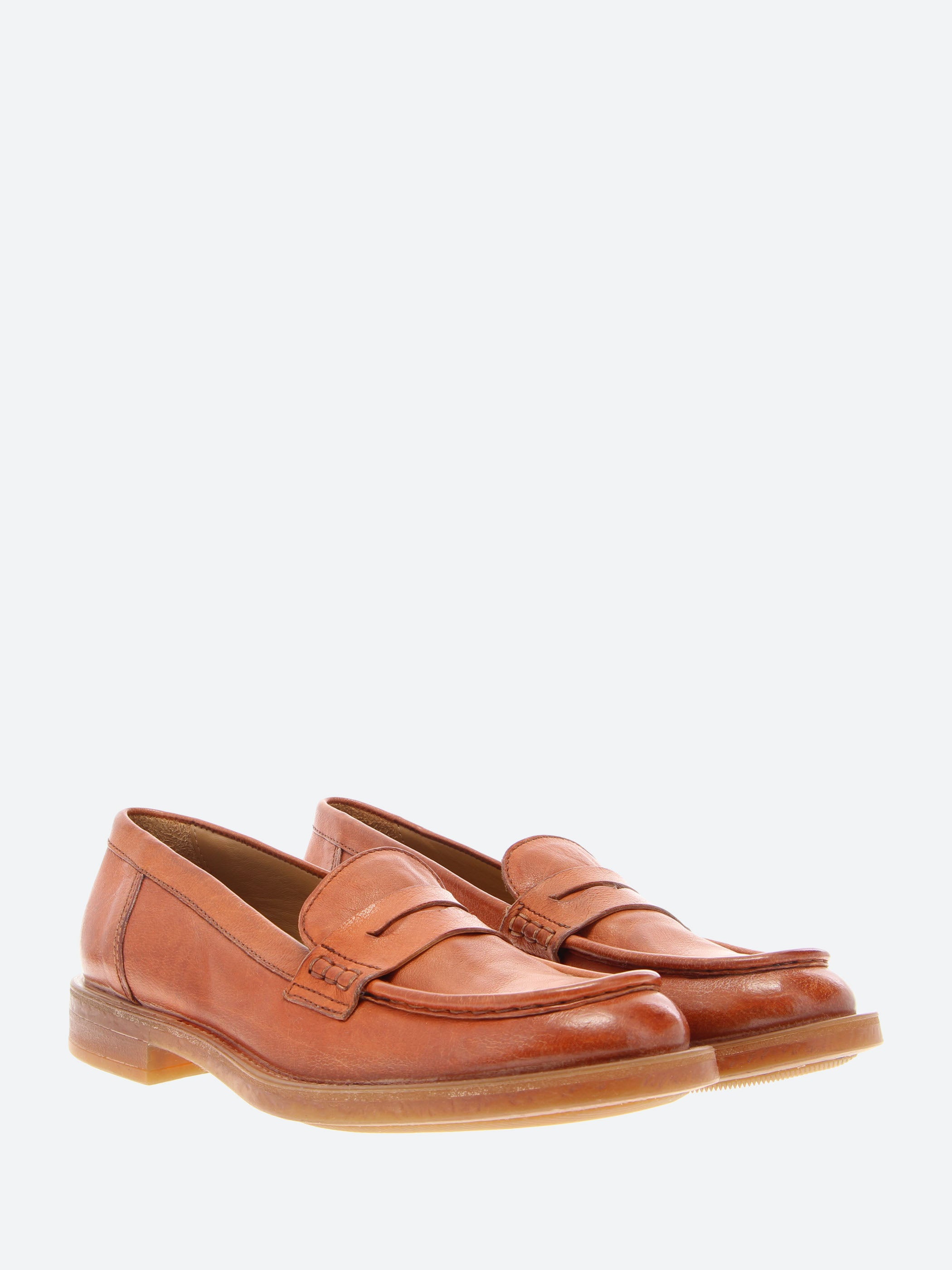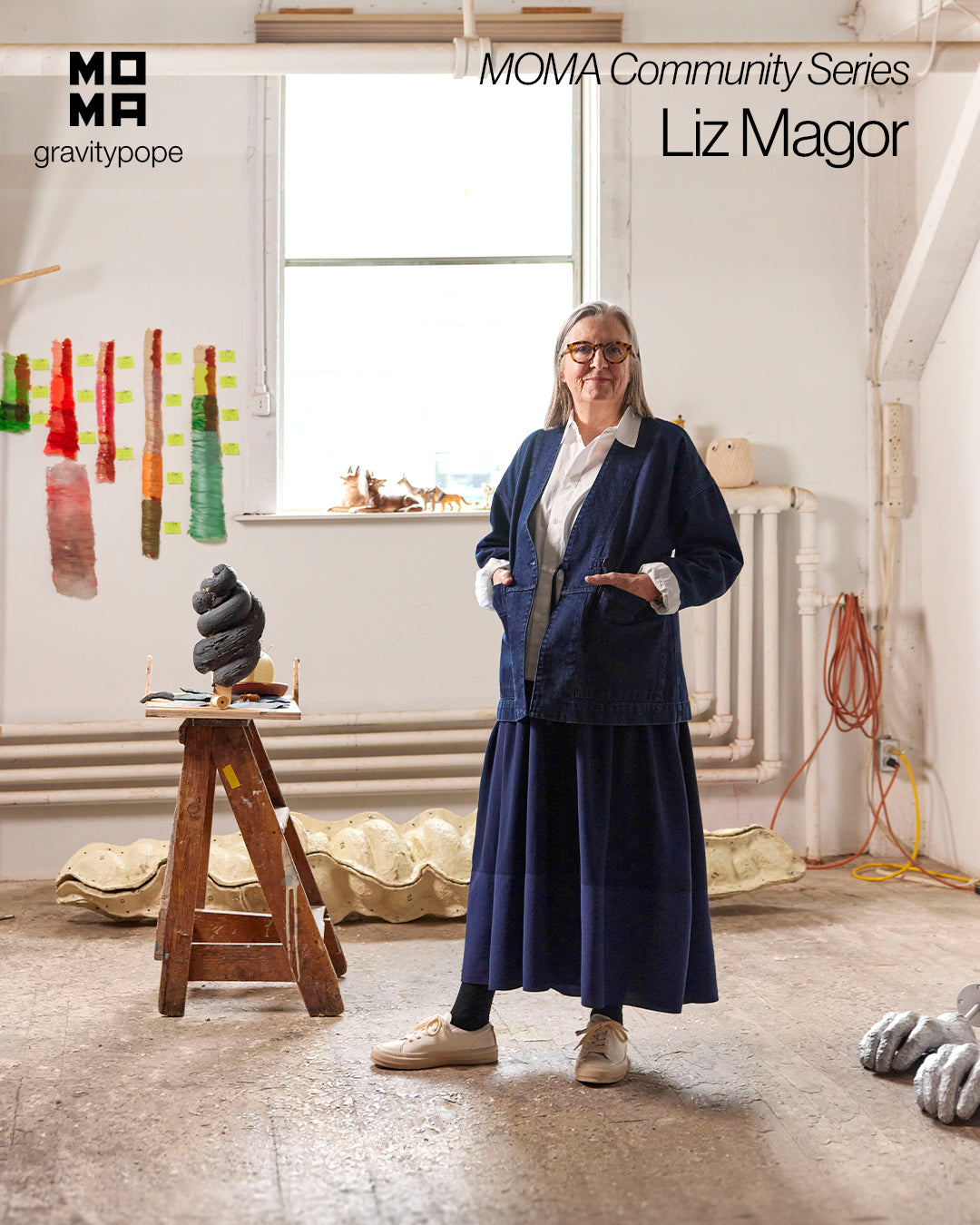
Meet Liz Magor, a Canadian contemporary artist focused on sculpture. Based in Vancouver, Liz has built a life shaped by curiosity, careful observation, and a deep connection to the everyday. Her quiet approach to both living and making reflects a belief in the value of what is often overlooked.
MOMA and gravitypope visited Liz at her studio to talk about her influences, her time living and working in different cities, and the ways her surroundings continue to shape her perspective.
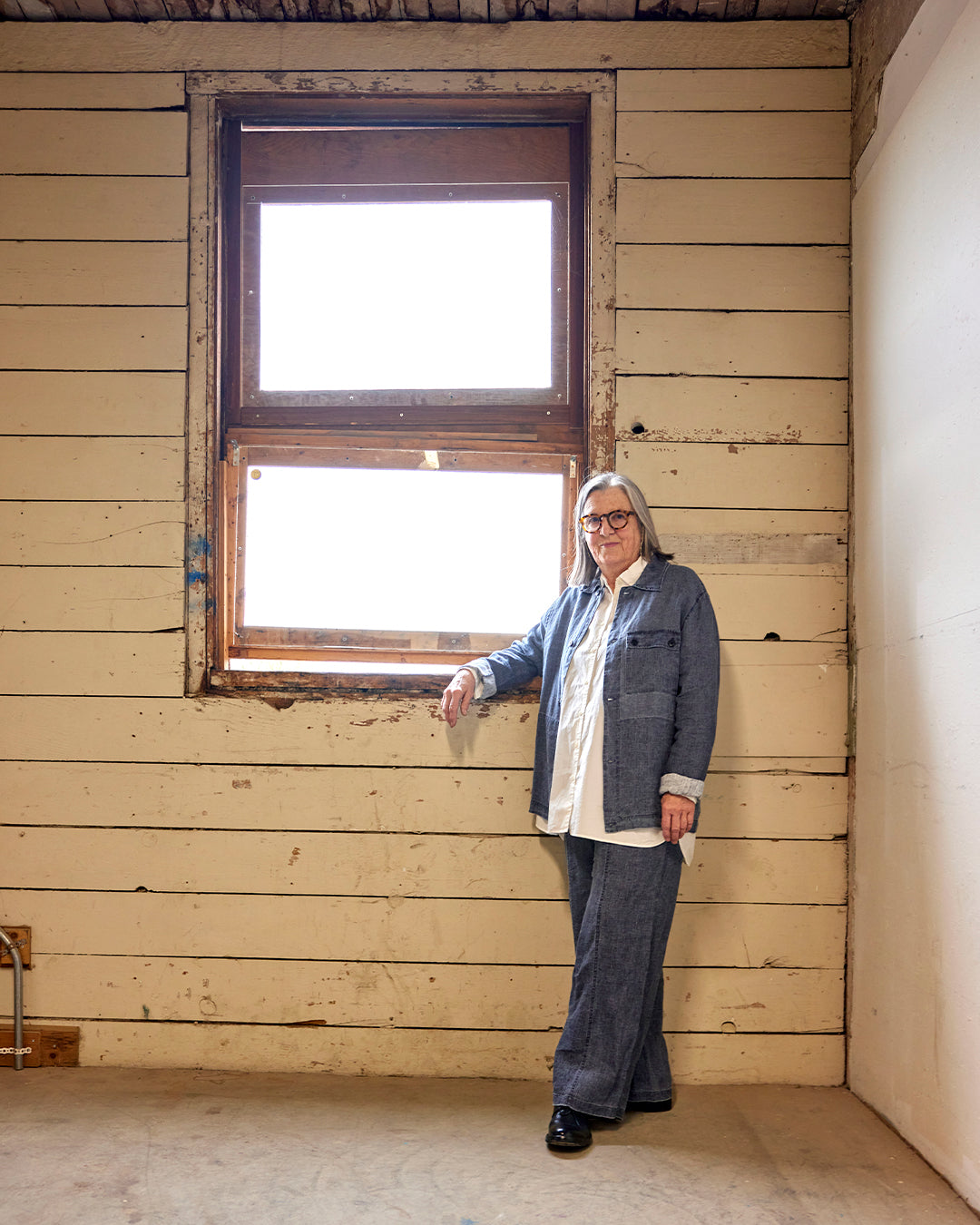
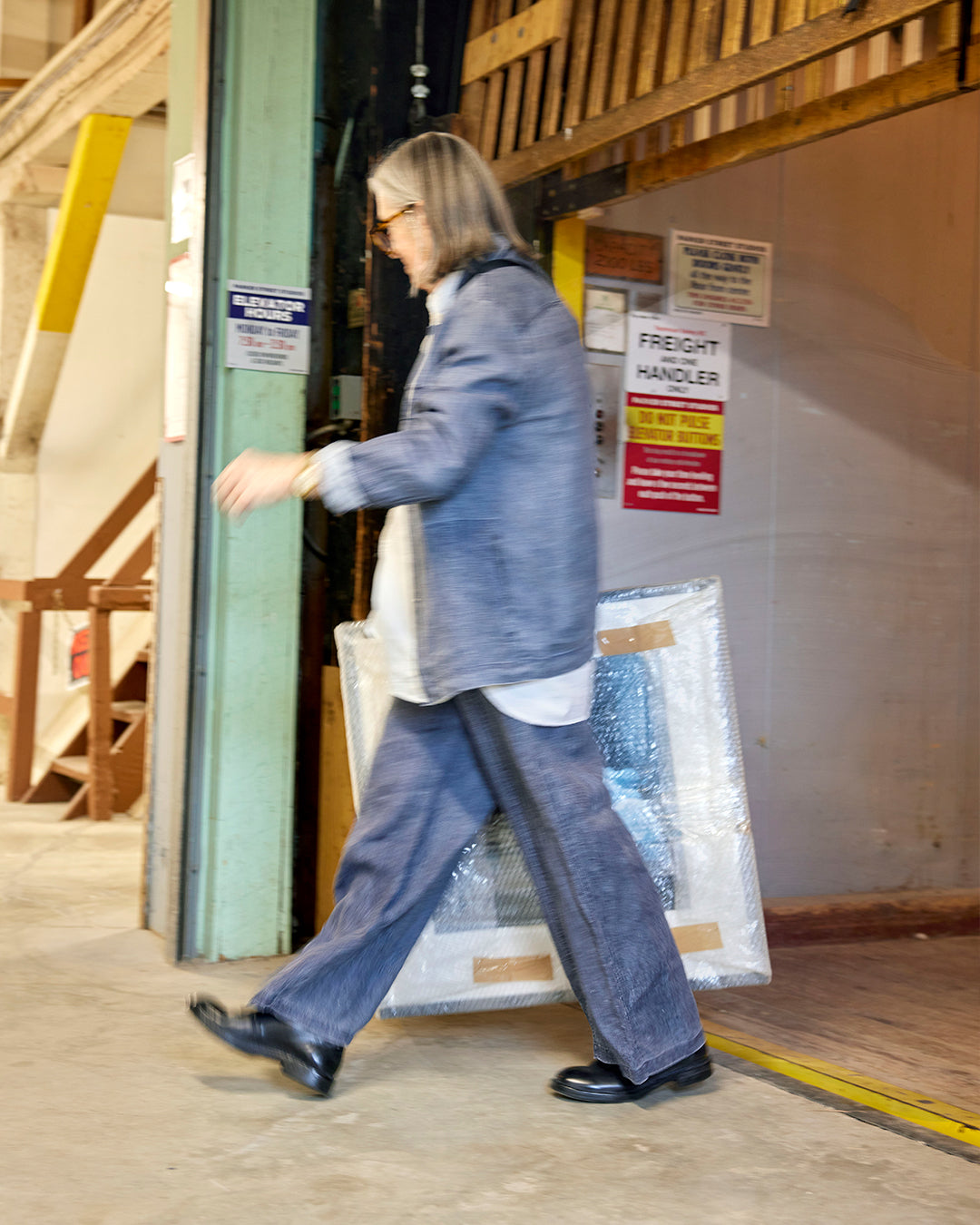
What does a typical day in your studio look like?
I have a very good studio. It's the right size and well suppliedin terms of tools and materials. So I don't need to go out looking for services and technical help. Instead I like to follow a routine of going to the studio every day and staying there for 8-10 hours. Mostly I work on developing forms and images, and then I work with my studio technician to figure out how to capture those forms in a more permanent material.
How do you choose the materials you work with?
I prefer materials and techniques that I can undertake in the studio. So, various mold-making and cold casting materials are good. I don't want to use processes that I don't understand and have to leave to other people to manage.
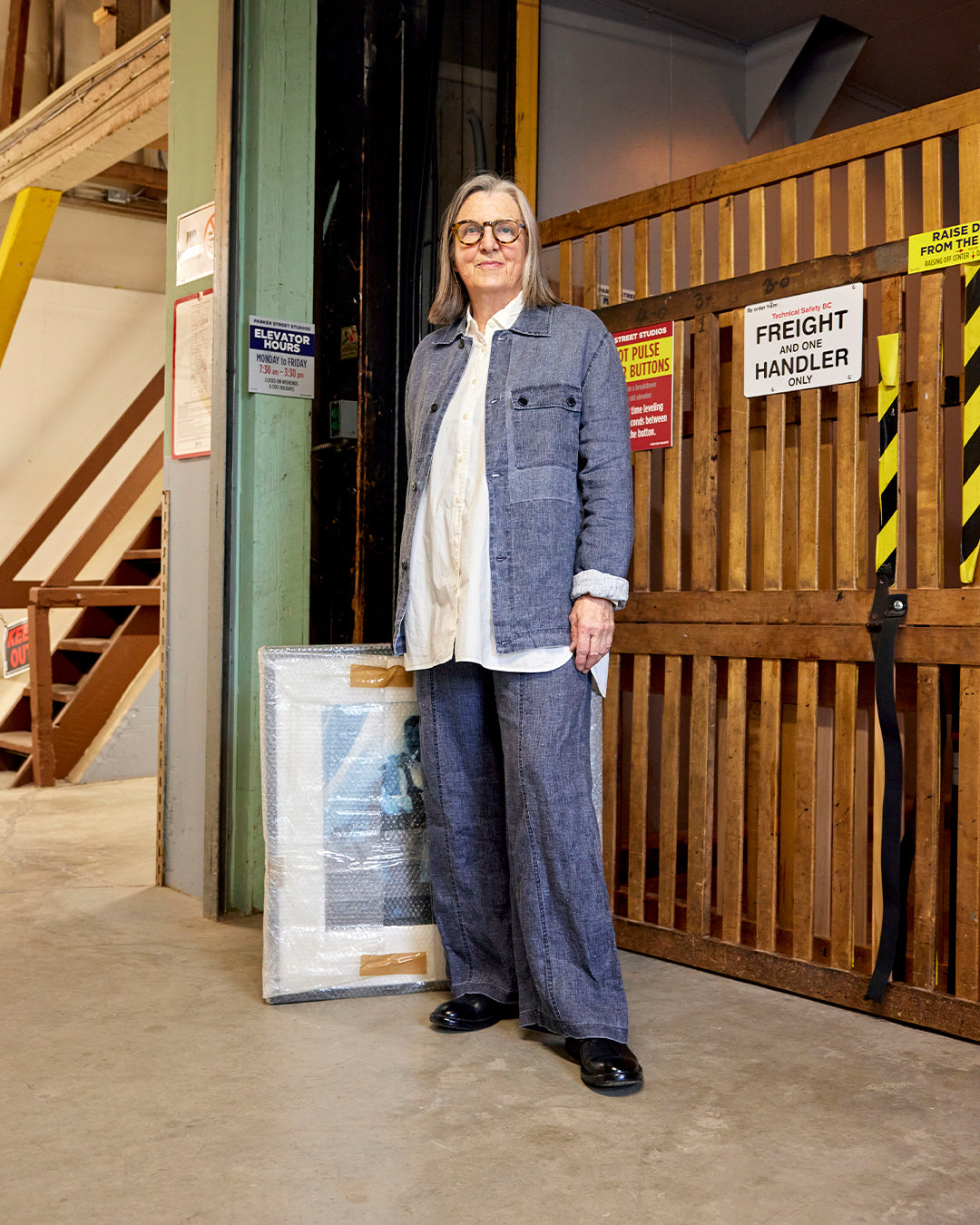
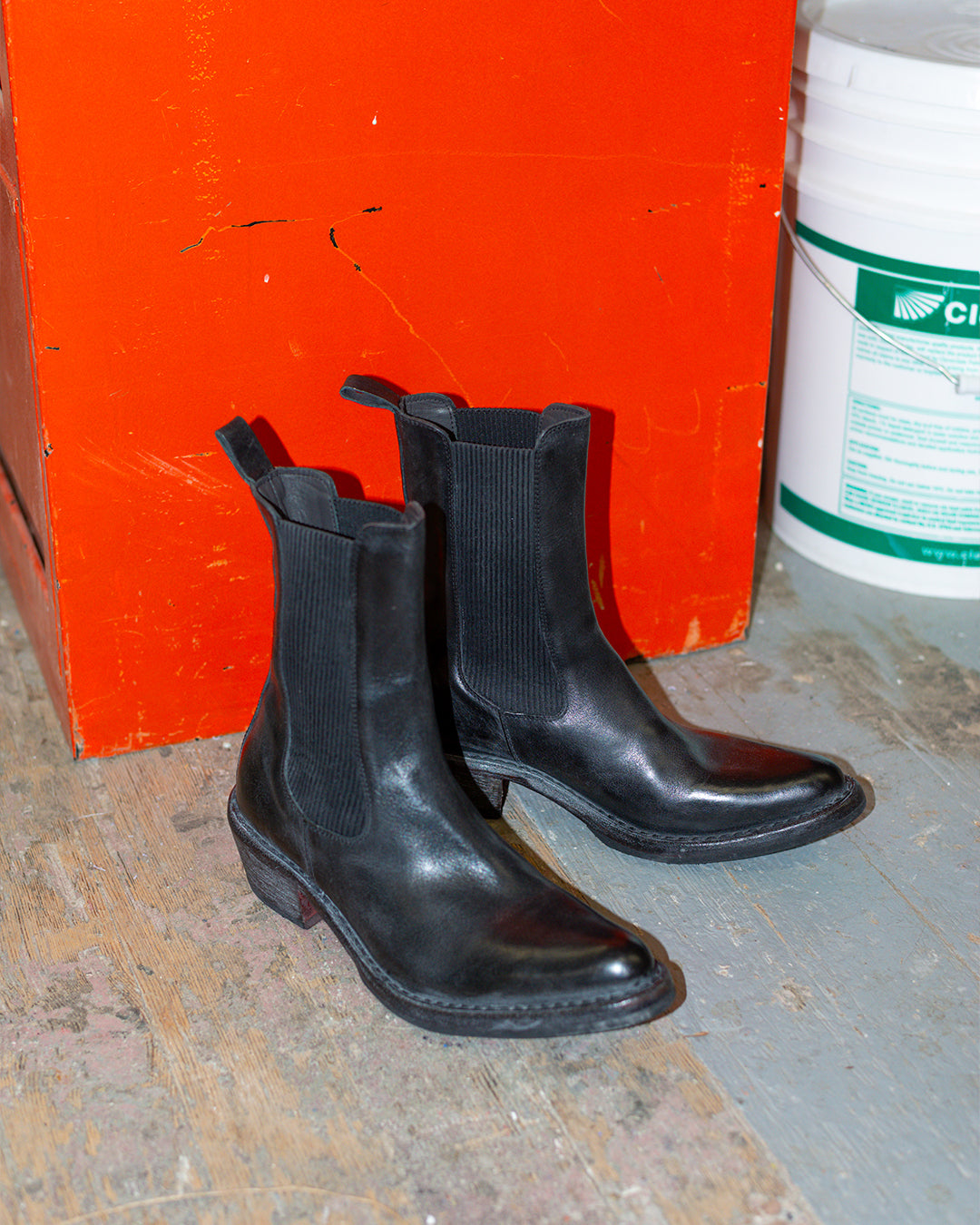
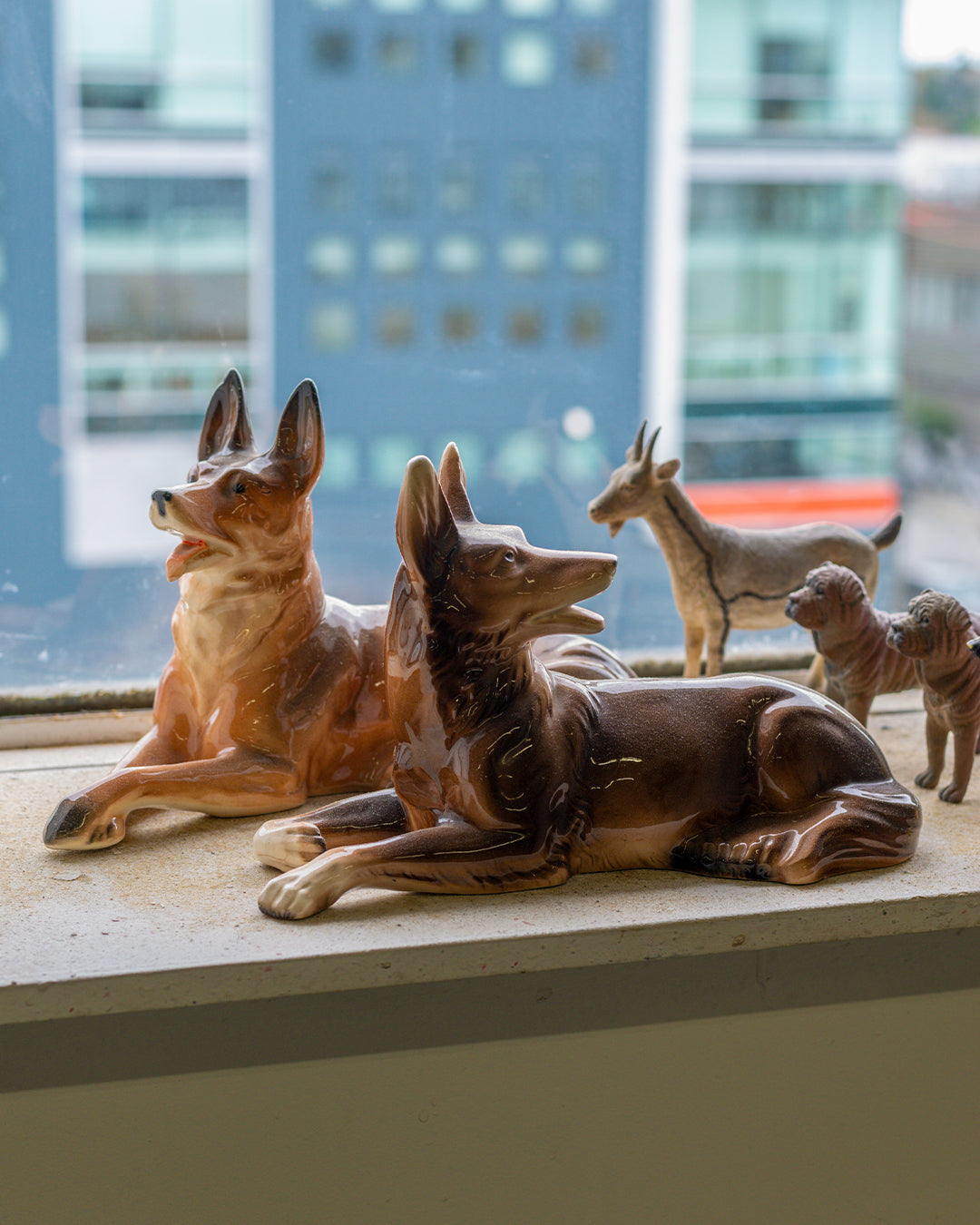
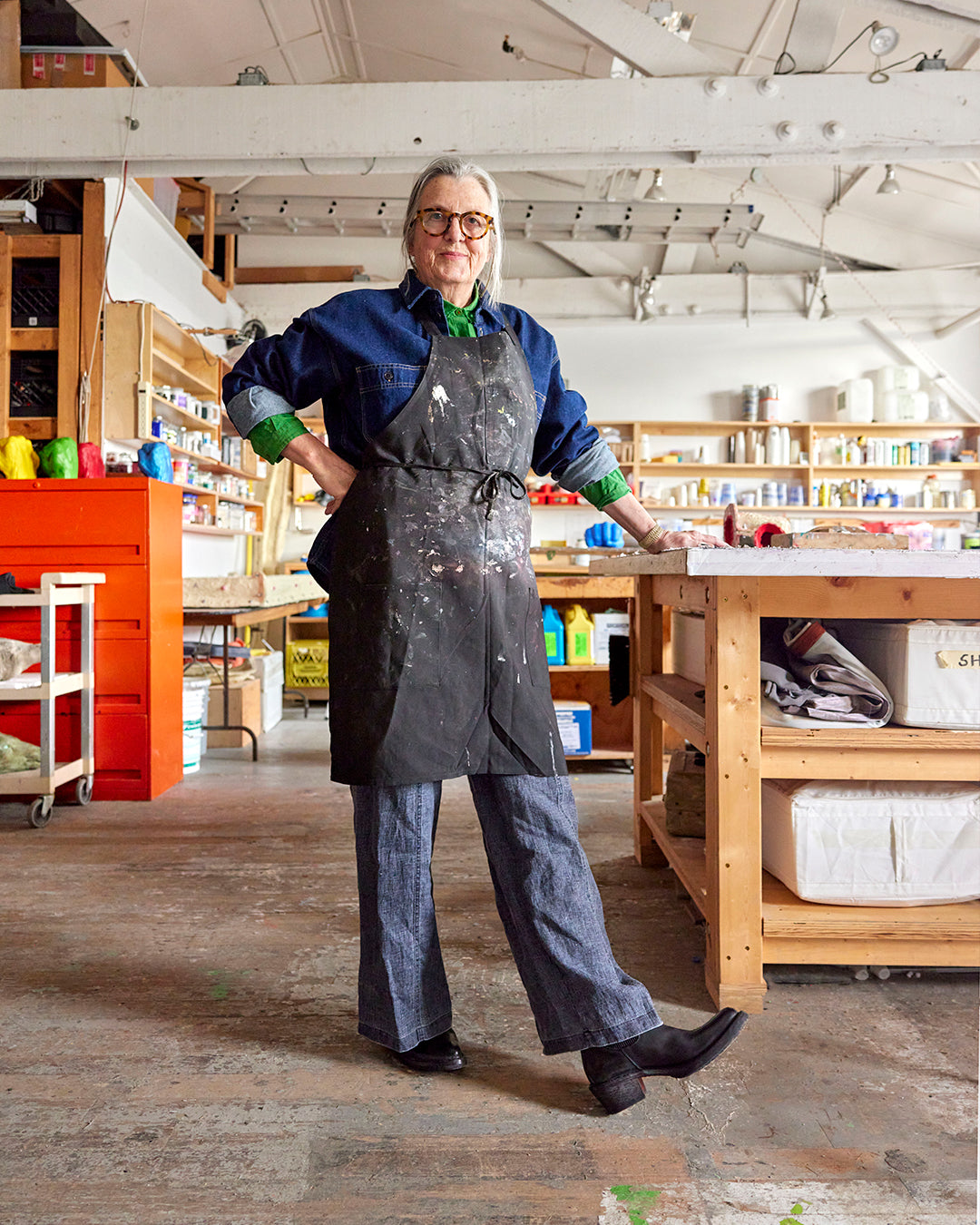
How has your studio practice evolved over your career?
It hasn't changed a lot. It has always been a mix of experimentation, physical labour and metaphysical aspiration.
Were there any pivotal artists or movements that have influenced your practice?
Minimalism was/is a big deal to me. I see it as an experiment in reduction that eliminates as many outside references as possible. With no ideas, allusions or concepts to focus on, the viewer is in a primary and immediate relationship to the material and physical world. Clearly, in my work I use many more images than a true minimalist would allow, but I work hard to give them a physical presence that is at least as important as what the image implies.
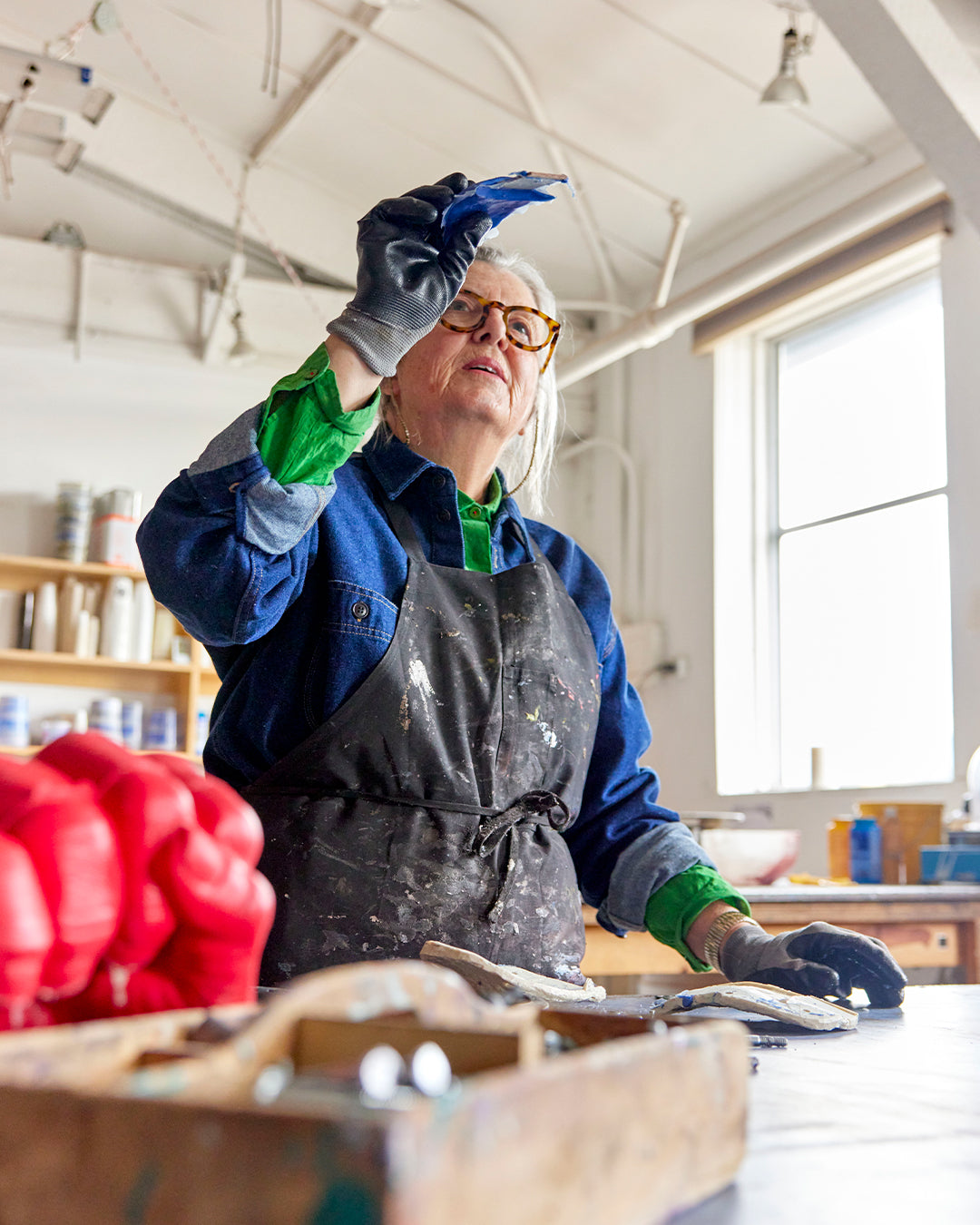

Can you tell us about the concepts or idea your working with in your current show at Catriona Jeffries?
With the new work at Catriona Jeffries I started by making forms that were under tension; pressed, squeezed or twisted. Then I worked on putting those forms into relationship with other materials and images, as though the tension was in some way a consequence of a meeting of opposing forces.
What role does memory play in your work?
I don't rely on memory very much. Even though I frequently include used or old objects, I'm not working with them because I'm interested in their past story or history. I'm more interested in their refusal to quit or go away. I try to put them in a context that understands their persistence and the weirdness of something that was made, maybe 70 years ago, still floating through the world in the company of stuff that comes from Dollarama.
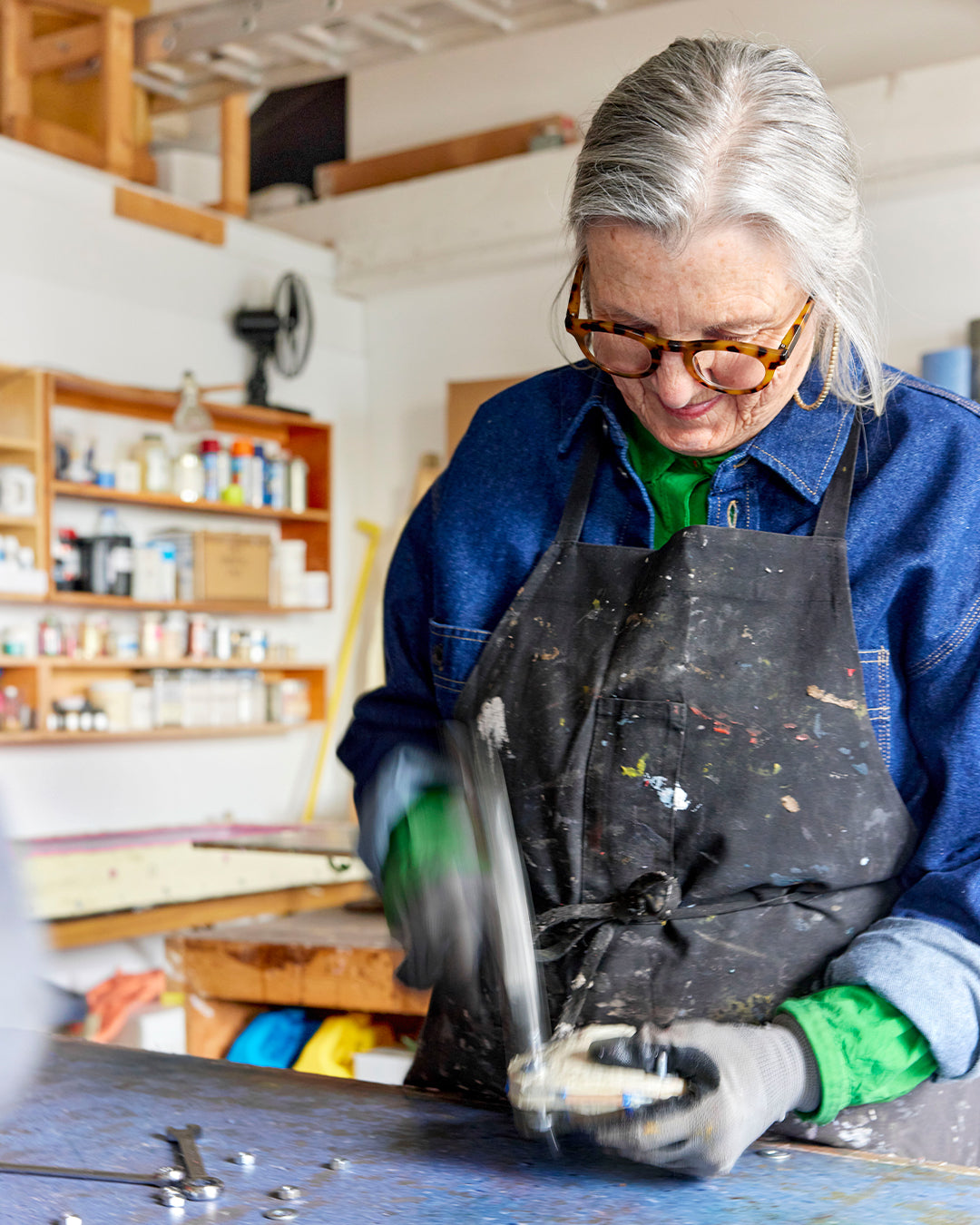
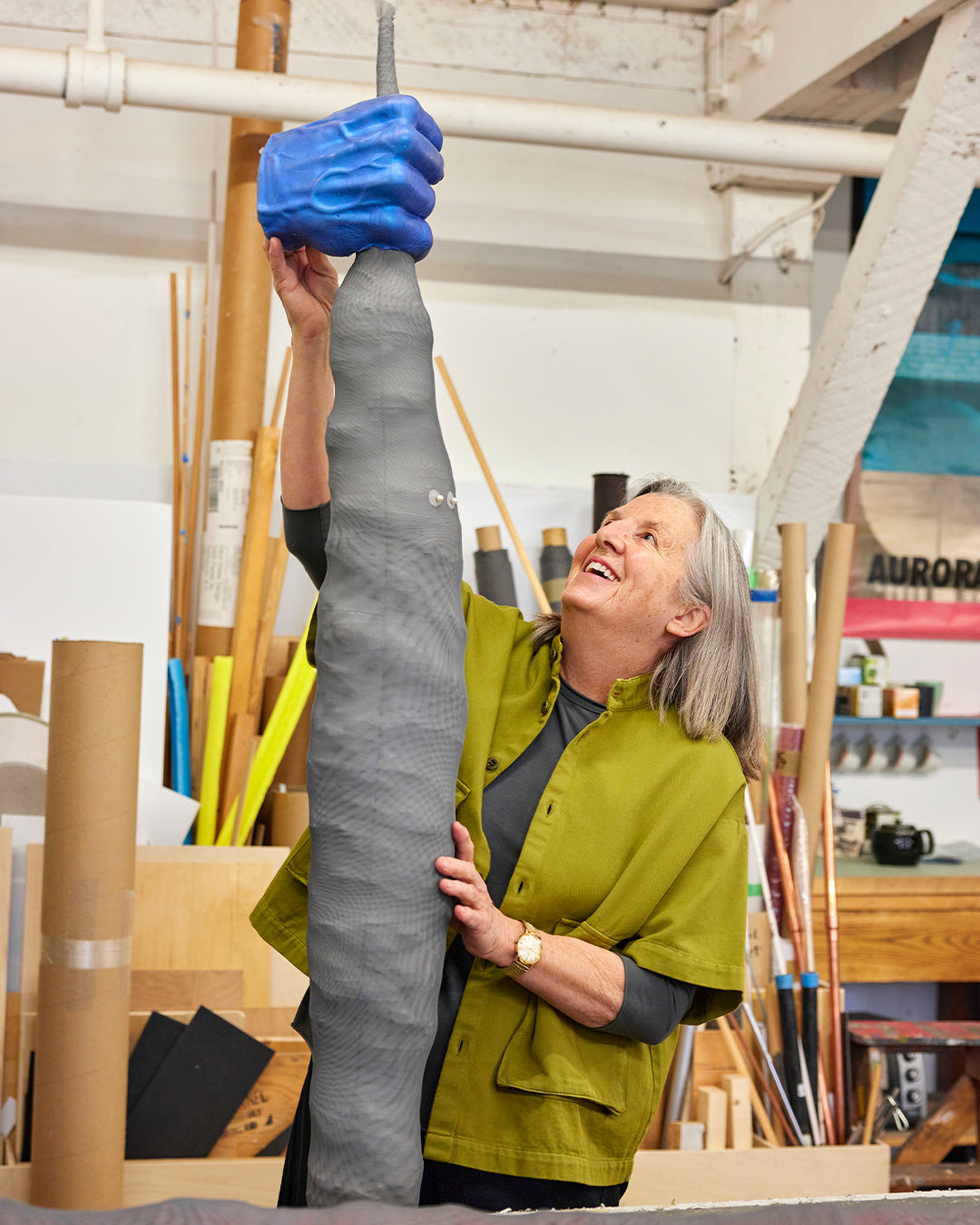

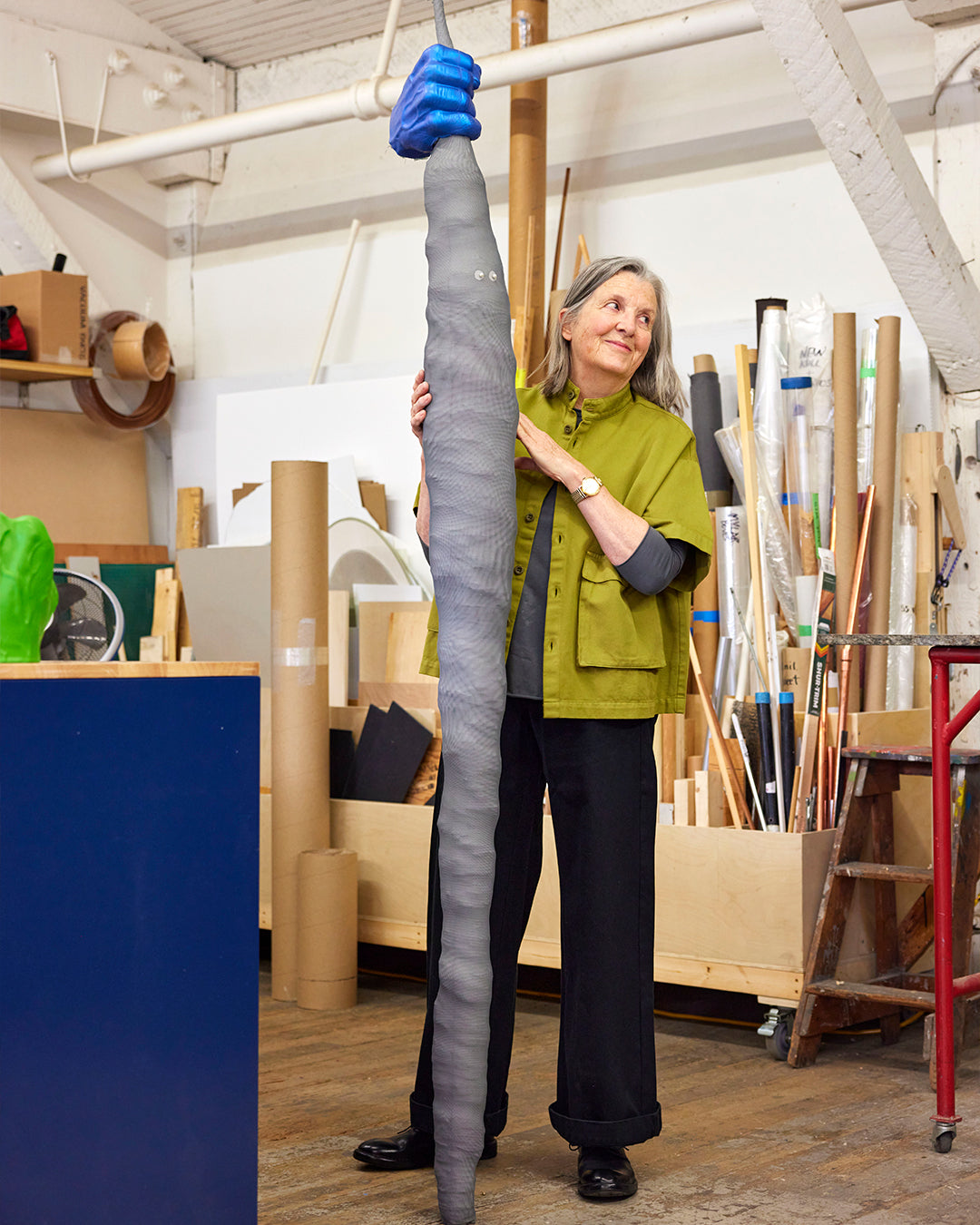
What kinds of objects or materials are you currently collecting or thinking about?
I have a long list of things that are interesting to me, all for different reasons. It includes: surrogate figures like stuffies and toy animals, dead birds, garments with moth holes, hair extensions, gloves, large cardboard boxes, takeout containers, anything with iridescence, small cardboard boxes, clear and metallic film, google eyes, etc.
Have you ever been surprised by the emotional impact of a particular material or object?
Not really. I think I'm not looking for emotion, but strangeness, or an instance of not knowing exactly what this thing is, when it has lost its context and identity. I like that experience when I encounter it in the world and I try to capture something like that when I make a work. Of course, an emotion may ensue from such a situation, but I hope it is complicated.
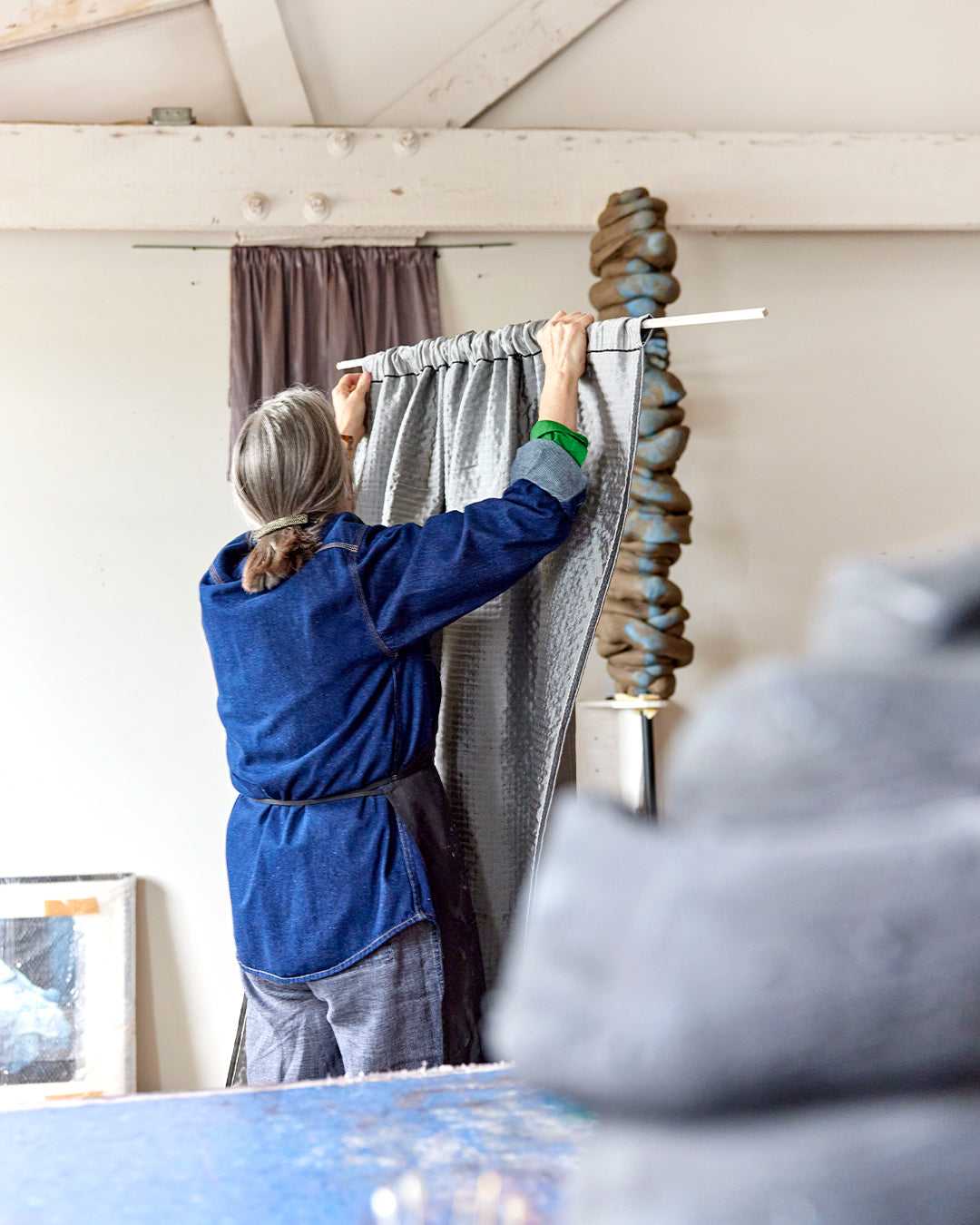
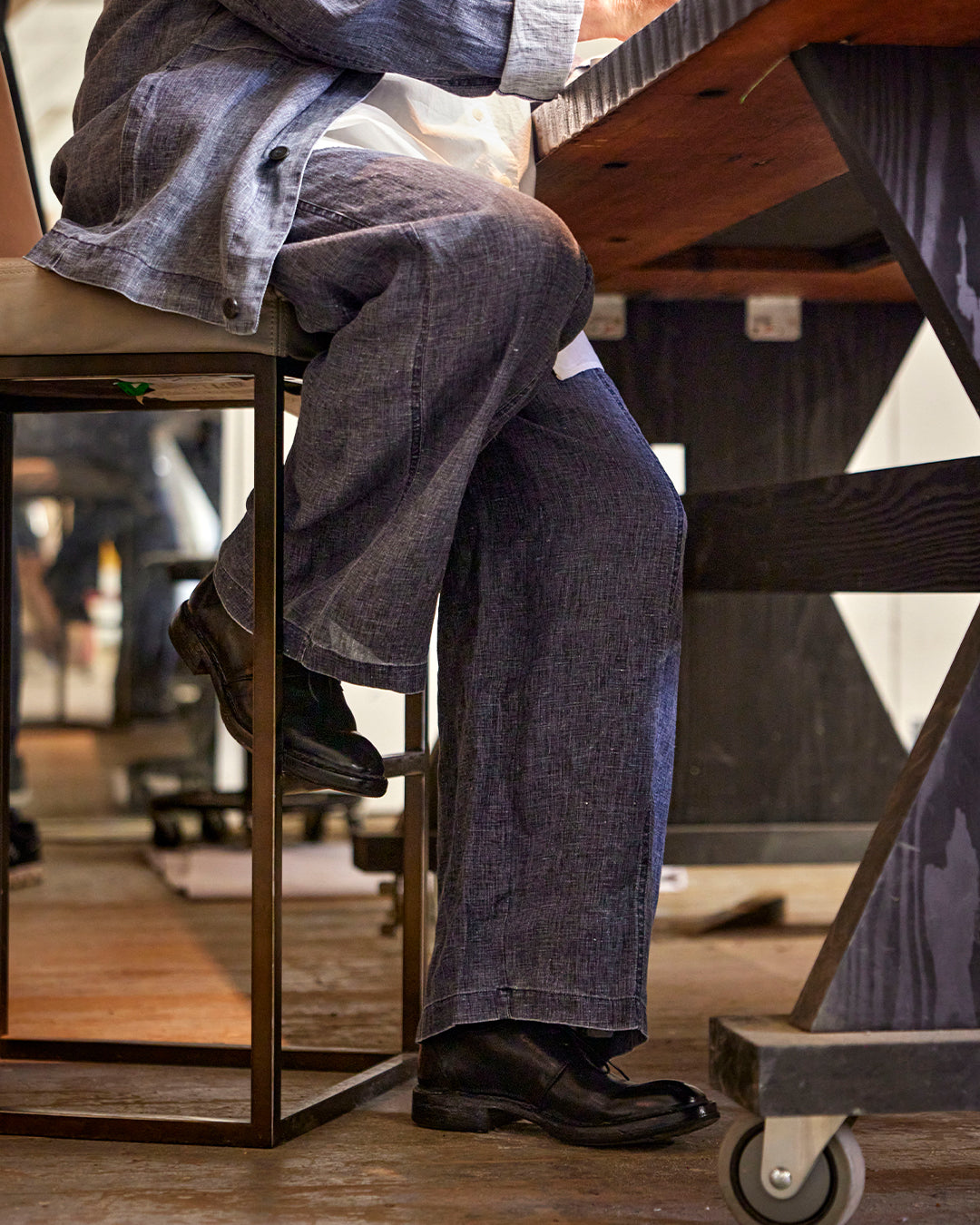
How does being based in Vancouver influence your work?
Because I have lived in Vancouver for a long time I have a good idea of what familiarity feels like. From this "factory setting" I can respond to odd or unique things even when they are just faintly present. That's not because there is something particular about Vancouver. It's more about the particularity of my relationship to Vancouver.
What are some of your favourite places in Vancouver?
Any café, restaurant, shop, park or hang out? I'm an east side girl. My studio and my home are just across the train tracks from Strathcona so I am still mourning the loss of Union Market. I do most of my hanging out and shopping on the Drive, or in Strathcona. If I can't get to a place on foot, then it's too far. Except for the bar at the Sylvia Hotel. I would walk across town to have a martini in that old poets' hangout.
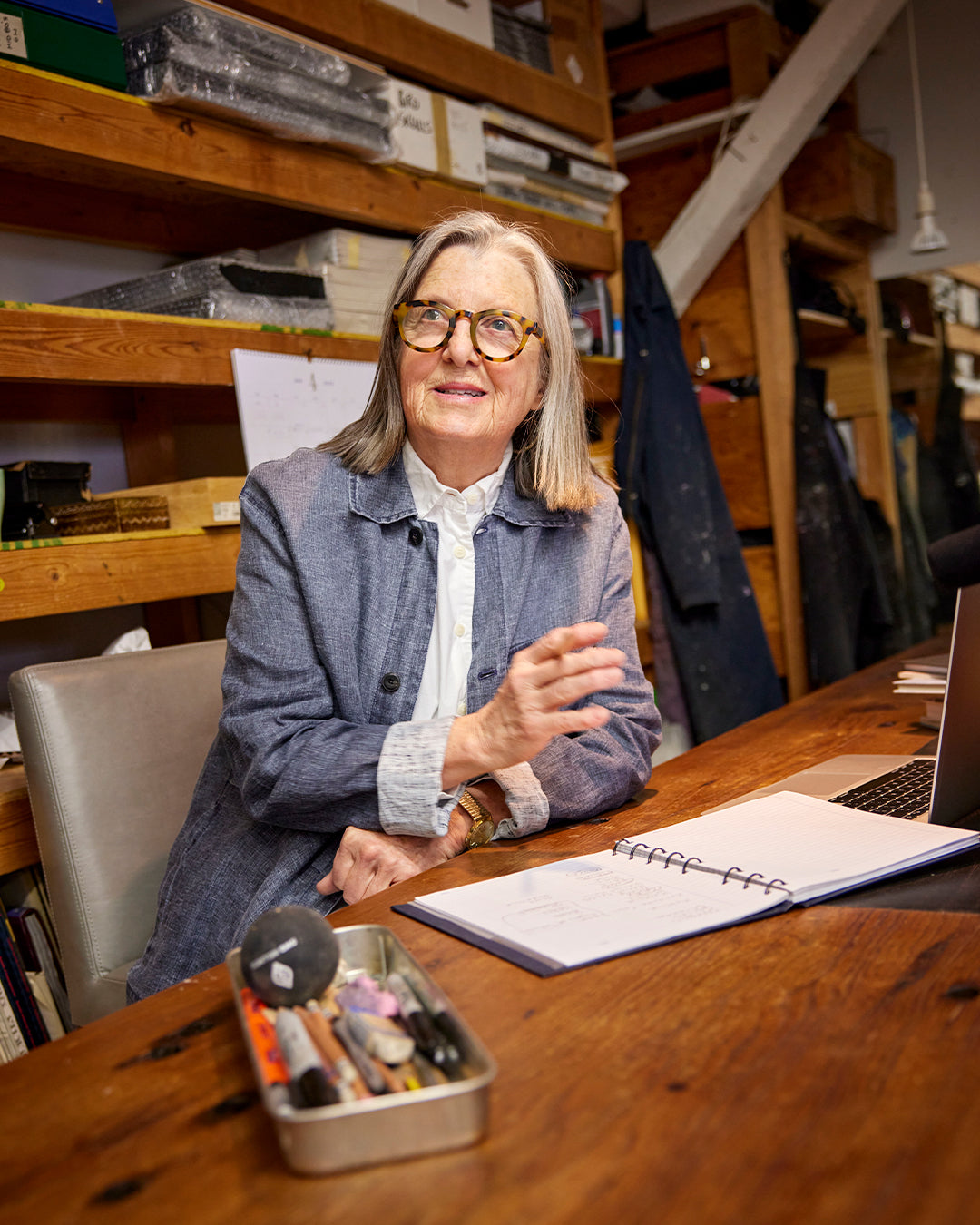
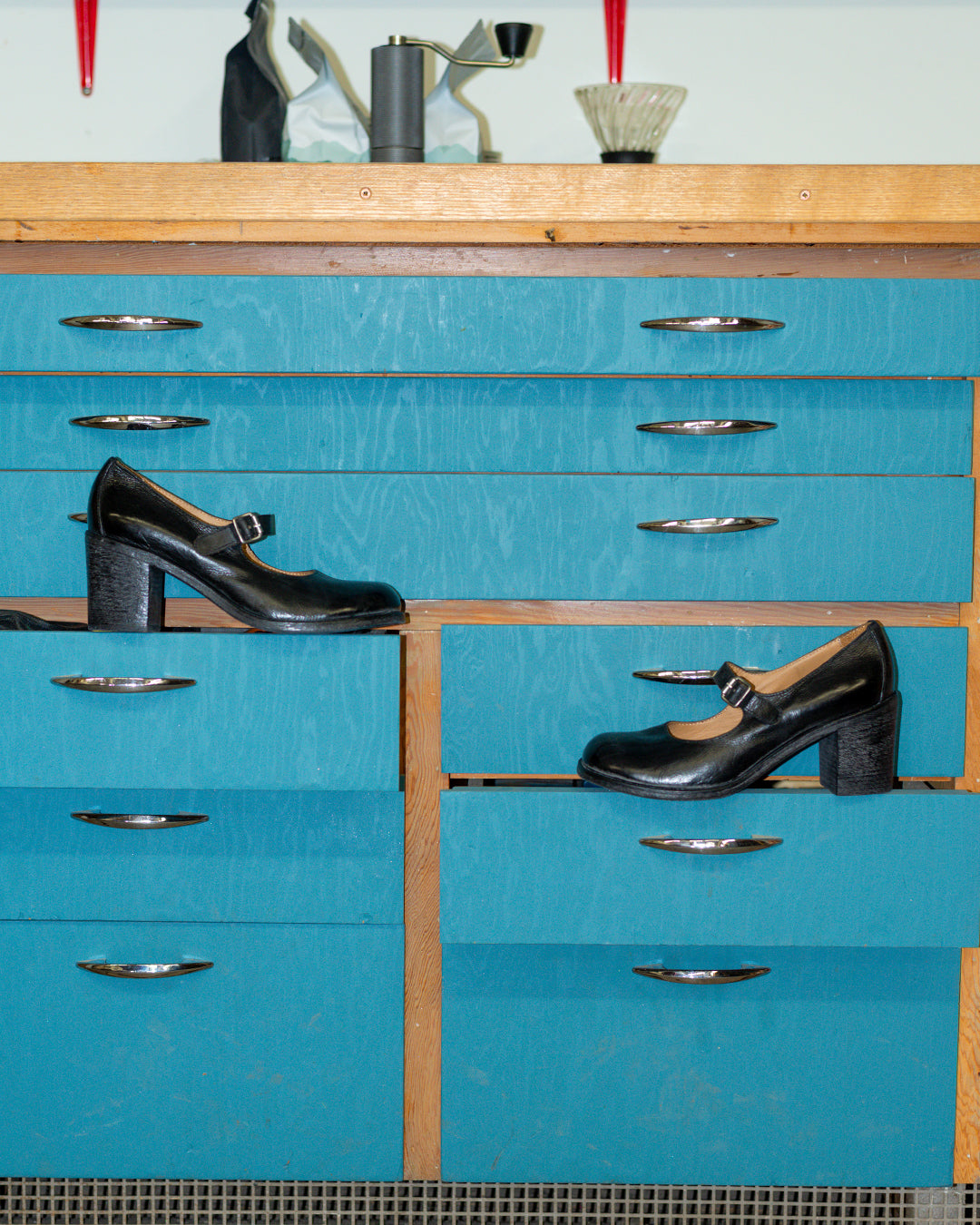
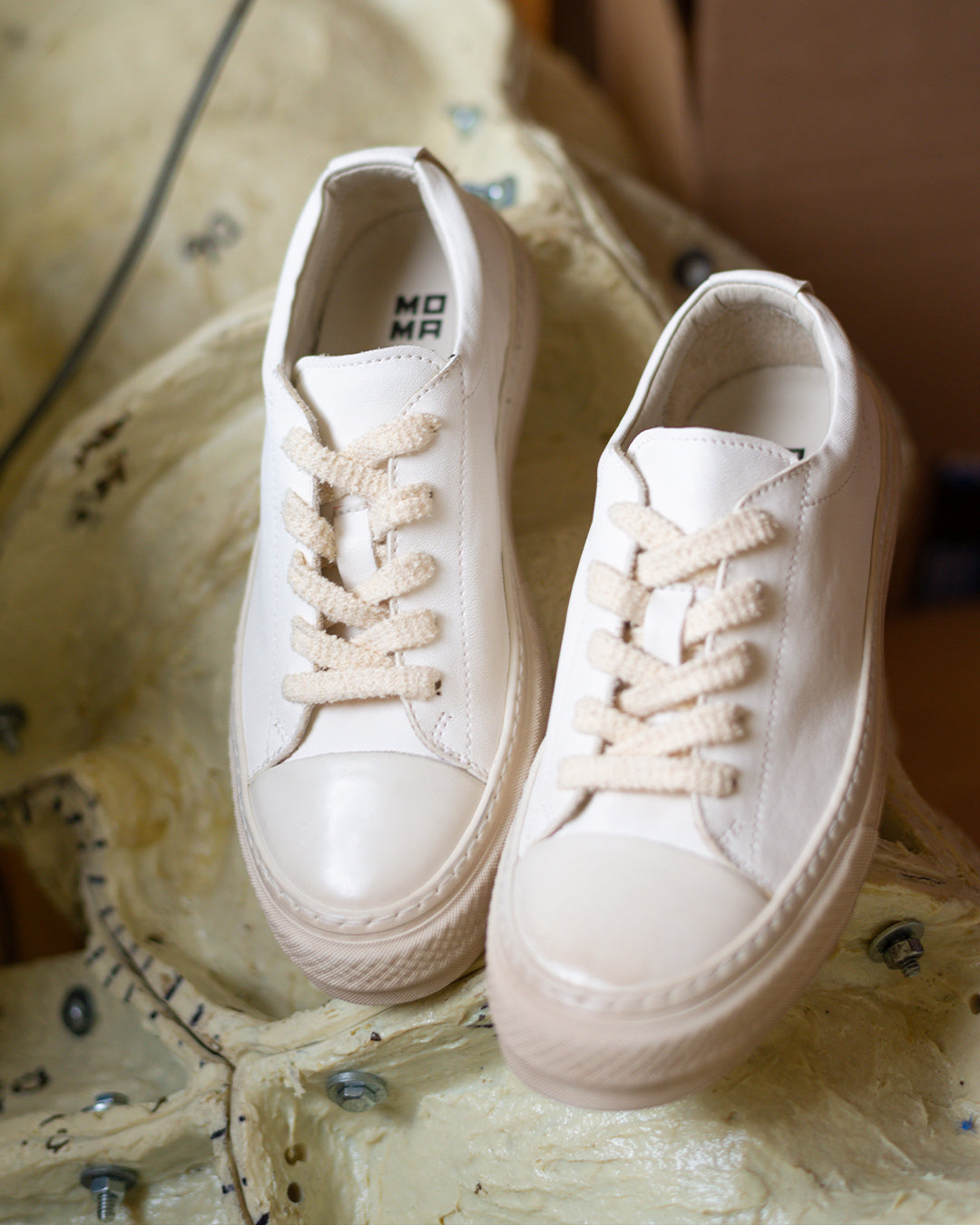
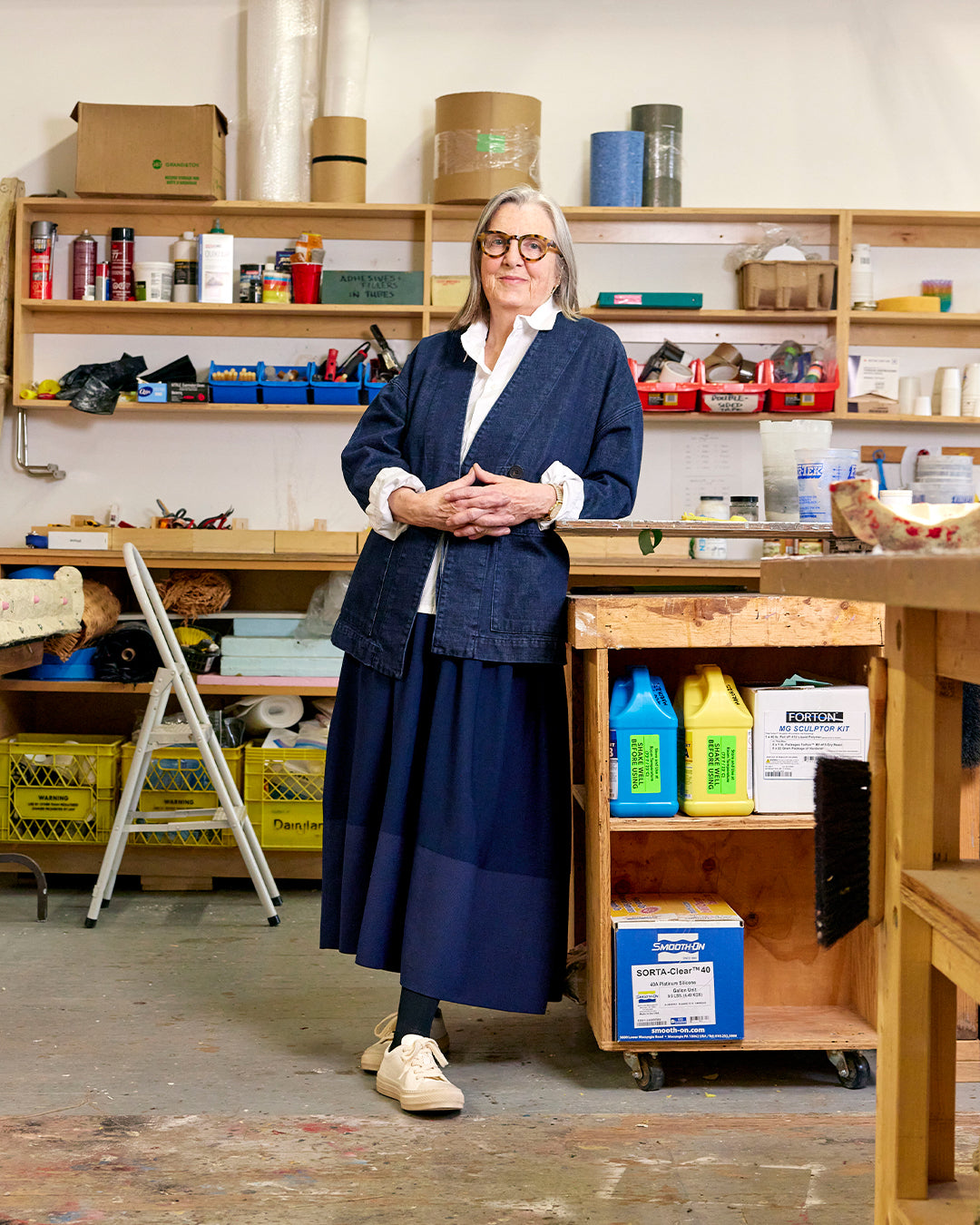
Is there a particular object or possession you’ve held onto for a long time — and why?
Hopefully there is nothing. I don't like the idea of irreplaceable or precious things and I don't like the idea of forming attachments. If something has been with me for a long time it's because it works or does no harm, not because I identify with it. I'm sure that if put to the test I would fail to meet my standard of detachment, but I still try.
What pair of MOMA's are you wearing and why did you pick this pair?
I have 2 pairs of MOMA shoes; one is a pair of white, sort of sneaker style, lace-ups (32501A) which hit the perfect balance of sport and strict minimal, so that they can go anywhere. Also, I like how their pure whiteness works with the fact that I usually wear dark clothing so they provide a bright spot in a dark picture. The second is a pair of black oxfords (31401A). Again, perfectly balanced between casual and dress. Their particular colour of black works with the dark clothing I wear by making the image monochromatic. This time I'm a dark picture with no lights on.
